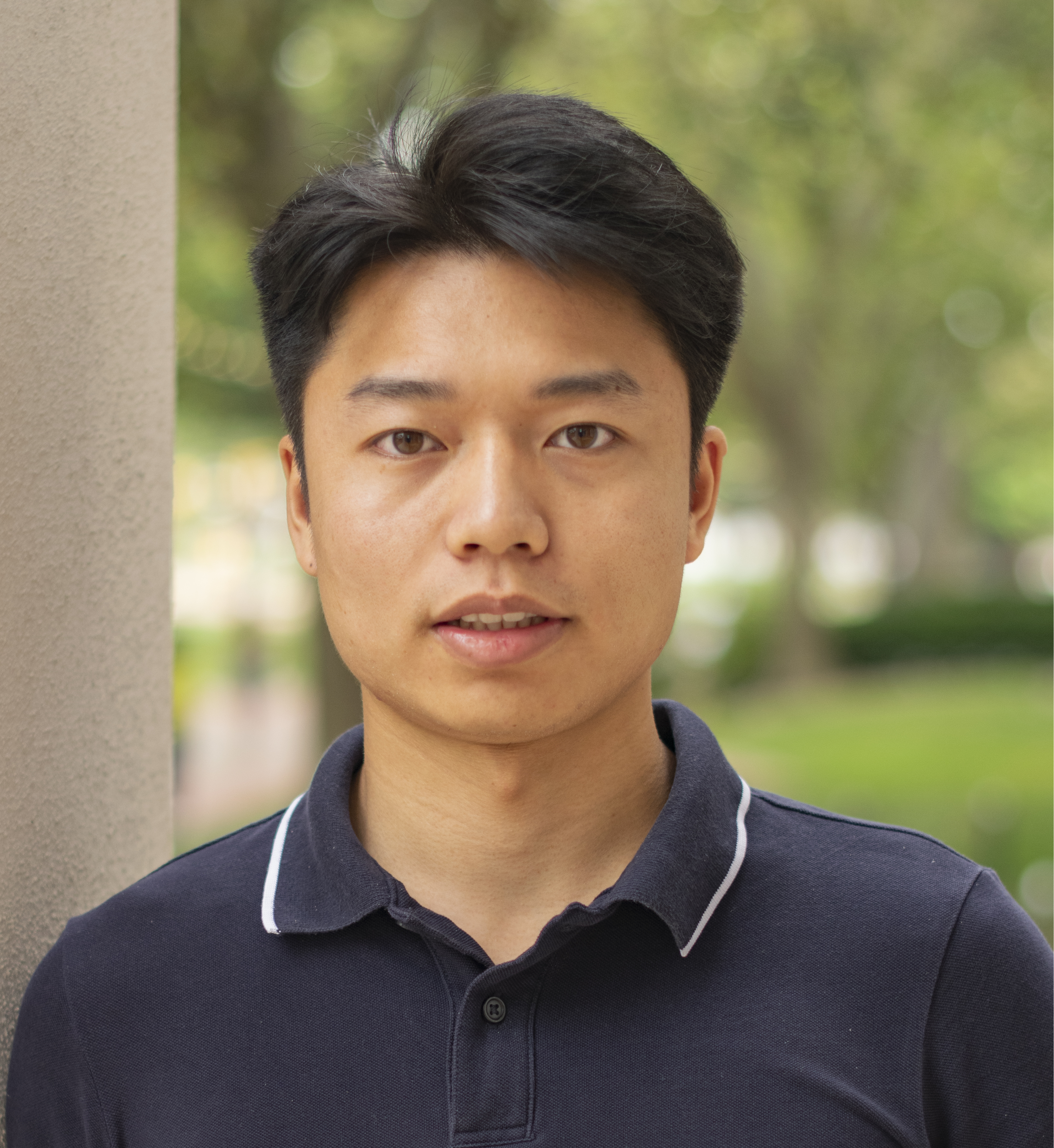Oral
Stormwater (UWRRC)
Developing Machine Learning-Based Surrogate Models for Accurate and Efficient Prediction of Lag Time in Urban Sewer Systems
Tuesday, May 20, 2025
5:45 PM - 6:00 PM Alaska Daylight Time (AKDT)
Room: Room 7 & 8

Shihao Xi
University of Delaware, Delaware, United States

Yao Hu, PhD (he/him/his)
Assistant Professor
University of Delaware, Delaware, United States
Author(s)
Co-Author(s)
Abstract Submission: The lag time of an urban sewer system, defined as the interval between the peak of rainfall excess and the peak of direct discharge, serves as a critical measure of how swiftly the sewer network responds to rainfall across its contributing catchments. Accurately understanding and predicting lag time is essential for effective flood management and infrastructure planning. Traditional empirical approaches for estimating lag time (e.g., SCS Lag, Simas Hawkins) are widely used across watersheds of varying scales; however, their limited applicability to diverse geographic regions and inefficiency in handling complex topographies hinder their effectiveness in urban networks. This study aims to address these limitations by developing a surrogate framework based on machine learning (ML) models to enhance the accuracy and computational efficiency of lag time predictions. A robust training dataset is first generated using the Monte Carlo Markov Chain (MCMC) method to sample input features, capturing the variability of key hydrological and urban factors. Subsequently, the SWMM model is employed to generate the corresponding target feature, lag time. Machine learning algorithms, such as XGBoost and neural networks, are then utilized to train and test the surrogate models using this dataset. The analysis demonstrates that the trained surrogate models can achieve high predictive accuracy with a significant reduction in computational time. This approach presents a promising alternative for real-time lag time predictions, contributing to more accurate estimations of hydrological outcomes, such as peak discharge, and improved hydrograph representation. Additionally, the proposed surrogate models can enhance the ability of emergency services to predict flood timing and severity, supporting more adaptive urban flood management and disaster response systems.
Learning Objectives/Expected Outcome (Optional) :
Learning Objectives/Expected Outcome (Optional) :

